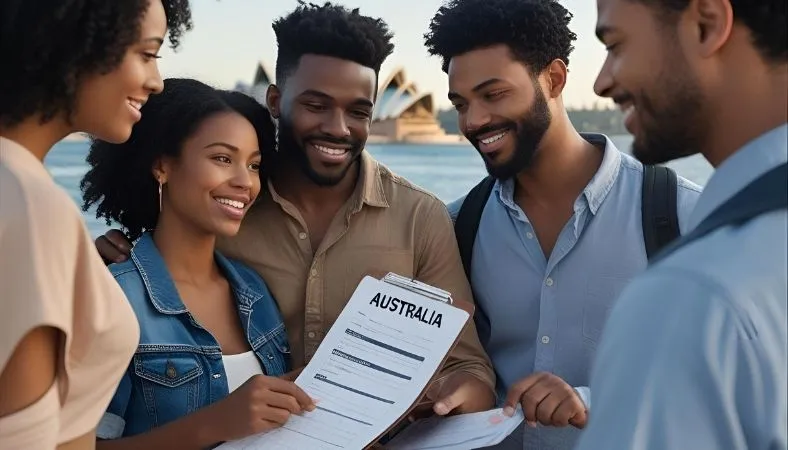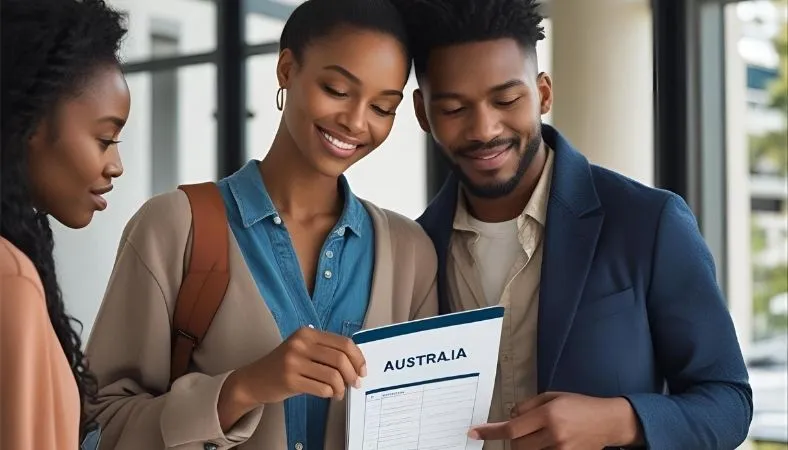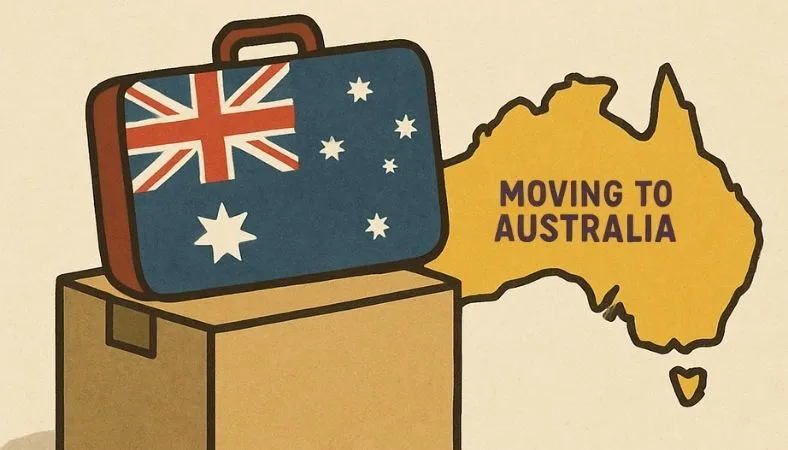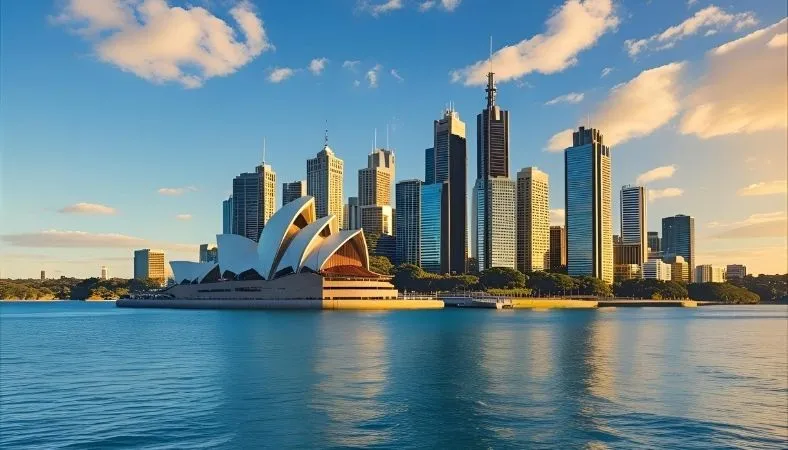Overwhelmed by the Partner Visa 820? Get a clear, no-nonsense guide to proving your love, surviving the wait, and building your life in Australia. Start now!
Key Takeaways
- The 820 visa lets you stay in Australia while chasing permanent residency.
- Your application’s success hinges on a vivid, undeniable story of your relationship.
- Brace for a 12–26-month wait, with work rights via a Bridging Visa.
- The AUD 9,365 fee stings—smart prep can ease the pain.
- New 2024 rules offer hope if your relationship hits rough patches.
Why the 820 Visa Feels Like a High-Stakes Game
Moving to Australia for love sounds romantic, but the Partner Visa 820 process? It’s a bureaucratic beast. You’re not just filling out forms you’re proving your relationship is real to sceptical officials, all while juggling a $9,365 fee and waits that feel eternal. Why does it feel so personal? Because it is. Your life, your love, your future it’s all on the line. This guide cuts through the chaos, giving you the tools to win, from nailing your evidence to surviving the grind.
What’s the Deal with the 820 Visa?
The Subclass 820 is your temporary pass to live in Australia with your spouse or de facto partner an Australian citizen, permanent resident, or eligible New Zealander. It’s the first step toward the permanent Subclass 801 visa. You need to be over 18, in Australia on a valid visa (like a tourist or student visa), and ready to prove your bond is the real deal. Win this round, and you get Medicare, plus work and study rights via a Bridging Visa A. It’s your shot to start rooting yourself in Australia.
Tackling the Application Process
 Applying for the 820 isn’t a quick errand it’s a project. You’ll use ImmiAccount, the government’s online portal, but don’t expect it to hold your hand. Here’s how to navigate it:
Applying for the 820 isn’t a quick errand it’s a project. You’ll use ImmiAccount, the government’s online portal, but don’t expect it to hold your hand. Here’s how to navigate it:
- Hunt for Documents: Dig up your passport, birth certificate, and every scrap of relationship proof you can find.
- Face the Fee: Pay AUD 9,365 to cover both the 820 and 801. It’s a gut punch, but it’s non-negotiable.
- Share Your Story: Upload evidence that screams “we’re a couple” (more on that soon).
- Clear the Checks: Book a health exam and get police clearances from any country you’ve lived in for 12+ months since age 16.
I heard about Sophie and Tom, a couple from Melbourne. They nearly botched their application because they uploaded blurry scans. A migration agent caught it just in time. Agents aren’t mandatory, but if your visa history is messy or your relationship is short, they’re worth every penny.
Telling Your Love Story to Home Affairs
Your application’s heart is proving your relationship isn’t just a fling. Home Affairs wants a full-on biography of your bond, told through four chapters. Don’t just throw papers at them craft a story they can’t doubt.
- Financial Ties—Your Shared Resources: Are you pooling your money like a team? Joint bank accounts, shared rent, or naming each other as beneficiaries on insurance or superannuation show you’re in it together.
- Social Nature—Your Public Life: How does the world know you’re a couple? Photos from family BBQs, invites to weddings addressed to both of you, or Form 888 statements from friends (with specific stories, not vague praise) paint the picture.
- Household—Your Daily Grind: Do you share a home? A lease in both names, utility bills, or even a receipt for a couch you bought together tells the tale of your shared space.
- Commitment—Your Emotional Bond: What proves you’re in it for the long haul? Save old emails, texts from tough days, or tickets from visits if you were long-distance.
Got a tricky case? Long-distance couples lean on video call logs or travel records. For same-sex or culturally unique partnerships, write a cover letter explaining your context—like why you don’t have joint finances yet. Pro tip: Build a timeline of your relationship. It’s like a storyboard that keeps your evidence tight and gap-free.
The Wait and the Wallet Hit
Let’s not kid ourselves—the wait is brutal. In 2025, half of the 820 applications were cleared in 14 months, but 90% dragged on up to 26 months. The permanent 801 visa? That’s another 11–30 months. Miss a document, and you’re adding months to the clock. Be obsessive about getting it right the first time.
The cost is another kick in the teeth: AUD 9,365 for the application, plus $500 for health checks and $50–200 for police certificates, depending on your travel history. How do you cope? Start a savings jar now. Skip the fancy dinners for a bit. Free online evidence templates can save you from splurging on legal help.
Living on a Bridging Visa A
Once you apply, a Bridging Visa A (BVA) usually kicks in, letting you stay, work, and study in Australia. Sounds great, right? But some employers see “bridging visa” and panic, thinking it’s temporary or sketchy. Arm yourself with a Home Affairs letter from ImmiAccount proving your work rights. Take it to interviews and explain it like you’re teaching a curious kid.
I know a guy, Carlos, who got a barista job on his BVA. He walked into the interview with his letter and a smile, saying, “This visa lets me work legally while my residency’s processed.” The manager hired him on the spot. If you need to travel overseas, get a Bridging Visa B first, or you risk tanking your application.
Chasing Permanent Residency
The 820 is your warm-up for the Subclass 801, the permanent visa. After two years, you’ll need to show your relationship’s still rock-solid. Got three years together (or two with a kid)? You might get the 801 faster. Start a folder now—toss in new bills, photos, anything that shows your life’s still intertwined. It’s like keeping a scrapbook, but for bureaucrats.
Big Changes in 2024
Here’s a game-changer: if your relationship ends during the process, you’re not automatically out of luck. Since July 2024, new rules have allowed you to pursue the 801 if you’ve faced family violence or have kids with your partner. They even softened the language from “suffered” to “experienced” family violence, which feels more human. If this hits home, don’t wait talk to a migration lawyer to protect your status.
Beating the Biggest Headaches
This process can make you want to scream. Here’s how to tackle the worst of it:
- The Endless Wait: Up to 26 months is maddening. Submit a flawless application and reply to Home Affairs requests faster than you text your partner.
- The Price Tag: AUD 9,365 isn’t pocket change. Budget like it’s a car payment and use free resources to cut costs.
- BVA Job Woes: Employers don’t get it? Show them your Home Affairs letter and explain your rights with confidence.
- Weak Evidence: Worried your proof’s thin? Start now—get a joint phone plan, save every shared receipt, build your story.
Think of Aisha and Mark, who struggled with long-distance proof. They dug up old WhatsApp chats from a rough patch and plane tickets from a surprise visit. Their timeline turned a shaky case into a winner. You know your relationship best—use that to your advantage.
820 vs. 309: Stay or Go?
Stuck choosing between the 820 and the offshore Subclass 309? Here’s the breakdown:
- Subclass 820 (Onshore): Apply in Australia, stay with your partner via a BVA, but endure a 12–26-month wait.
- Subclass 309 (Offshore): Apply abroad, get approved in 3–13 months, but you’re stuck overseas until it’s done.
If being together matters most, pick the 820. If speed’s your priority, go 309. It’s a tough call—talk it over with your partner.
Dodging Common Traps
You’re bound to have questions. Here are traps to avoid:
- Tourist Visa Applications: You can apply for a tourist visa, but a “No Further Stay” condition (8503) means you need a waiver, which is a headache. Check your visa first.
- Relationship Breakdowns: If things end, tell Home Affairs ASAP. The 2024 rules might save you if you’ve faced family violence or share kids.
- Sloppy Evidence: Gaps in your story are red flags. A timeline keeps your proof airtight.
Frequently Asked Questions
How can I speed up the 820 visa process?
You can’t rush it, but a perfect application helps. Submit every document, crystal clear, on day one. Answer Home Affairs requests within 24 hours to avoid delays.
What documents make or break the 820 visa?
You need identity documents, health checks, police certificates, and relationship proof. Form 888s from friends with specific stories about your bond are critical—vague ones don’t cut it.
Can I work on a Bridging Visa A?
Yes, it gives full work and study rights. Bring a Home Affairs letter to interviews to ease employers’ fears about your legal status.
What if my relationship ends during the process?
Tell Home Affairs immediately. New 2024 rules let you pursue the 801 if you’ve faced family violence or have kids with your partner.
Can I apply for the 820 on a tourist visa?
Yes, but a “No Further Stay” condition (8503) requires a tough waiver. Check your visa conditions and get legal advice if needed.
How do I handle the 820 visa’s cost?
The AUD 9,365 fee is brutal, with $500 for health checks and $50–200 for police certificates. Budget early and use free evidence templates to save.
Your Next Step
This isn’t just paperwork—it’s your future. Start a folder today labelled “Our Story.” Fill it with every photo, bill, and text that proves your bond. You’re not just an applicant—you’re a storyteller. Get it right, and Australia’s your home. Go for it.



